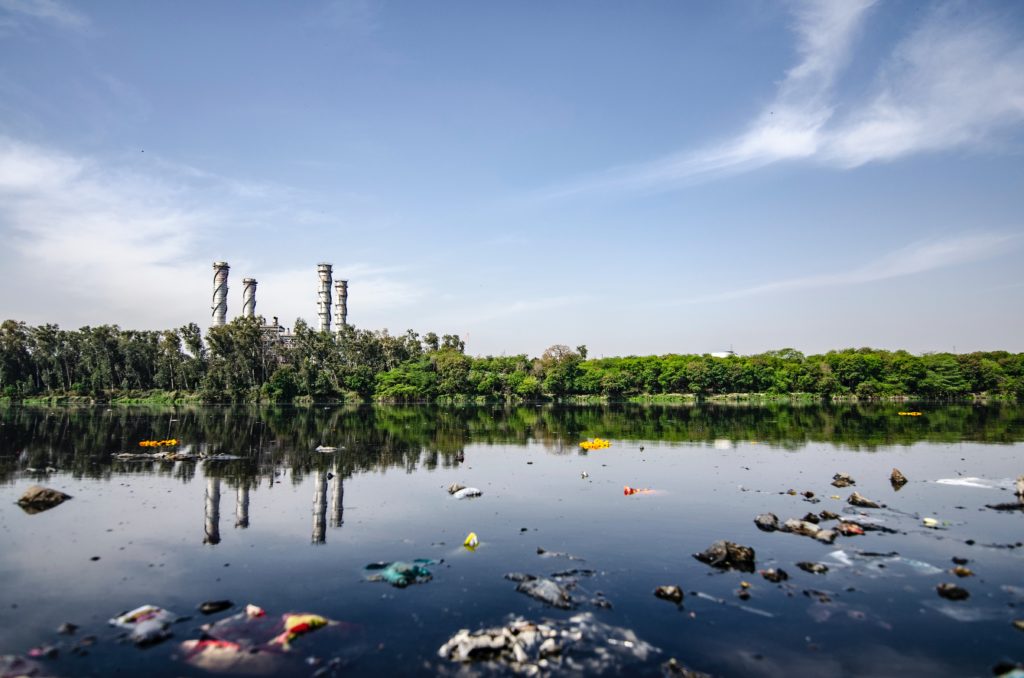Environmental Health has become more of an important subject of discourse globally following the offshoot of industrialization, climate change resulting from greenhouse emissions, pollution, and other environmental activities detrimental to human health and ea. Environmental health applies to humans and the earth’s entire ecosystem comprising animals, plants, microbes, and their various habitats, as well as landscape, weather, and other non-living components of nature. Despite nature being shared by all, the burden of protecting the earth must rest with humans because we are the only ones able to decide what environmental health and safety actually are. We are also the group most responsible for environmental damage, so we must take the lead in healing the wounds we create.
What is Environmental Health?
Environmental health is the science of implementing effective measures to protect human health and safety from poor environmental conditions. It is practiced through identifying, evaluating, and curbing the release of harmful and hazardous agents into different environmental components, like air, water, and food.
The discussion on environmental health was first initiated by the World Health Organization, WHO, in 1989. They defined it as the practice of assessing and mitigating environmental factors that are detrimental to human health. The global health watchdog led and sustained the conversation for years, providing research information and statistics on the impact of environmental hazards on human health. Today, several government-funded bodies, Non-profit organizations, NGOs, and private sector firms drive different campaigns to promote environmental health.
Facts and Findings on Environmental Health
With the increased awareness of environmental health over the years, numerous evidence-based findings on the effects of unhealthy environmental factors on human health have emerged. Some of the facts and findings are listed:
- Environmental pollution leads to increased cases of illnesses like stroke, respiratory diseases, heart disease, and some forms of cancer.
- More than 12 million people die every year due to unhealthy environmental conditions.
- Over 90% of the world’s children breathe toxic air every day.
- 24% of the global disease cases are attributable to environmental factors. The environmental burden of diseases is 15 times higher in developing countries than in developed countries, owing to levels of exposure to environmental risks.
- Children around the world contribute to only 10% of the world’s pollution but are prone to 40% of global disease.
- Air pollution is the fourth-largest threat to human health, and approximately 92% of the world population lives in places where air pollution exceeds the safe limits.
- Children are vulnerable to adverse health effects from indoor and outdoor air pollution resulting in an estimated 7 million deaths per year.
How Environmental Health Affects Our Basic Necessities
We are heavily dependent on our environment for survival, but systemic pollution, and other unhealthy environmental factors, threaten our unrestricted access to all of nature’s offerings. Below are three major necessities that poor environmental conditions affect.

The Air We Breathe: Harmful gases like nitrogen dioxide, methane, nitrous oxide, hydrocarbon, sulphur dioxide, and other toxic industrial waste chemicals are released into the atmosphere, polluting the air we breathe. Sadly, air pollution is one of the leading causes of severe health conditions such as cancer, stroke, respiratory diseases, and cardiovascular system damage. So many combined factors cause air pollution. Even though industrial activities top the list, our simple daily routines like driving our cars and cooking with gas stoves also contaminate the air.

The Water we Drink and Grow Food in: Research has shown that water pollution, which results in water-borne diseases, is the leading global cause of death. Both everyday and industrial activities are responsible for contaminating our natural water bodies by releasing chemicals, oil, and other forms of waste. These actions cause critical illnesses, especially for people directly using water from such sources for daily purposes like drinking, cooking, and bathing. These individuals exposed to unsafe water are more vulnerable to infectious diseases like typhoid, schistosomiasis, diarrhea, cholera, meningitis, and gastritis. Water pollution also degrades the aquatic ecosystem, causing immense harm to sea creatures.

The Food We Eat: Food contamination of either plant or animal products due to environmental pollution remains a major challenge in countries worldwide. Despite what you might expect, excessive farm chemicals are a big threat to healthy farm yields. Also, from production, storage, distribution, and preparation, our foods are constantly exposed to different kinds of environmental hazards right up until we consume them. Consuming such foods can result in health conditions like hormonal and metabolic problems, nervous system issues, and various types of cancer.
Ways to Promote Great Environmental Health
- A lot of us are familiar with the phrase “Reduce, Reuse, Recycle.” This phrase is a concise and clear representation of the steps we need to take to protect our environment. It is important that we make conscious efforts to cut down on the amount of waste we create as much as we can. Reusing items or repurposing rather than discarding them helps to reduce the harm we cause to the environment.
- Avoid burning scraps and waste to reduce the amount of toxic gas released into the air.
- Purchase more organic or eco-friendly products like recycled toilet paper, reusable shopping bags, stainless steel water bottles and a host of other recycled and reusable products.
- Alter your daily routine of driving. Instead, take the bus and train sometimes or ride a bike if you can. This will help to reduce the amount of emissions released from cars.
- Do not put hazardous waste like paints, pesticides, oil, lawn chemicals, batteries, and other materials in regular trash. Keep them in a secure space and dispose of them only on hazardous waste collection days.
- If you live close to natural water bodies like rivers, streams or lakes , do not dispose any form of waste, especially chemicals in them, else you pollute the water.
- Engage in tree planting because they help stop climate change. As trees grow, they absorb carbon dioxide from the atmosphere and release oxygen in exchange. Trees store the carbon the absorb in their cells for as long as they live, and when they die the carbon is absorbed and sequestered deep in the soil.
While achieving a completely hazard-free environment might be near impossible, our conscious, consistent, and collective effort to adhere to the aforementioned points will certainly help bring environmental pollution down to the bare minimum. With one right decision at a time, we will inch closer towards saving the earth, and in the long run, it will reduce cases of diseases and deaths from environmental health challenges.
Enjoyed this article? Visit the 4P Academy Blog for more informative pieces on a variety of fascinating topics.

